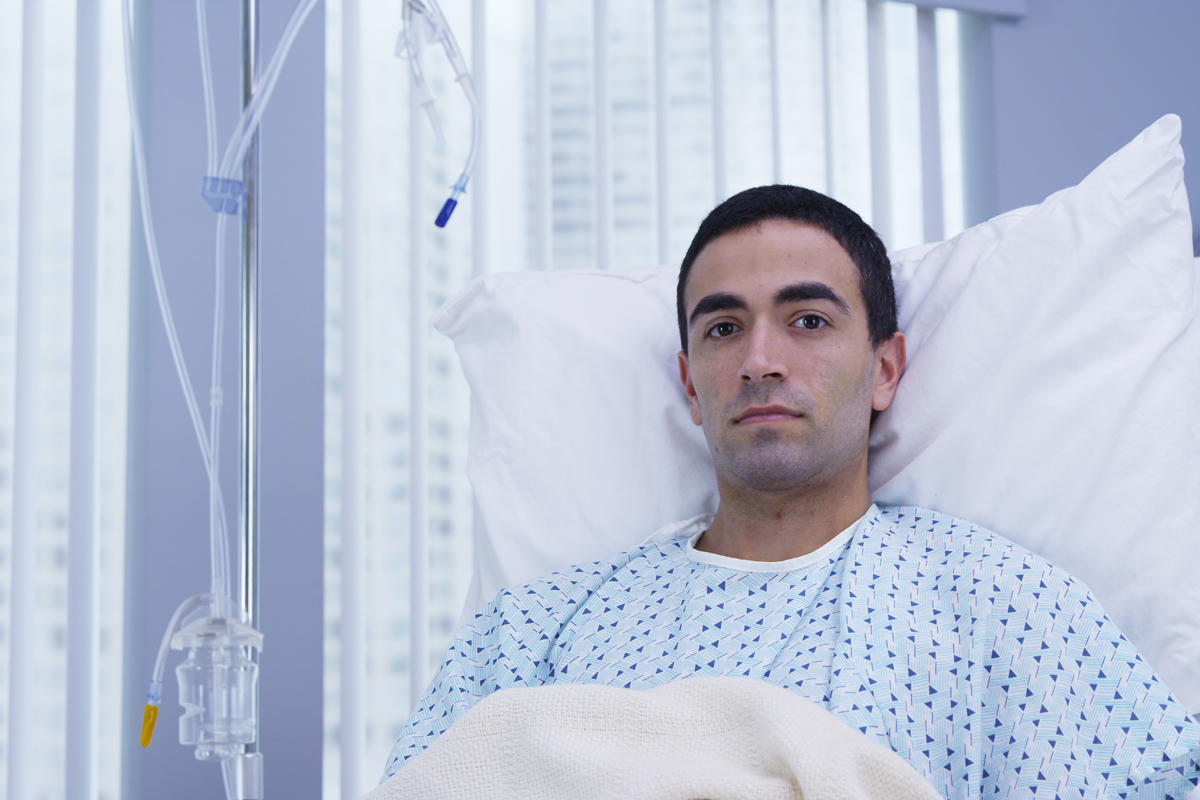
Testicular Cancer: The Rare Disease That Poses a Bigger Threat to Young Men
Testicular cancer is a rare form of cancer.
Each year about 9,560 cases of testicular cancer will be diagnosed, and 450 men will die from the disease.
It is the 21st most common cancer diagnoses among men. (The top three most common cancers found in men are prostate cancer, lung cancer and colorectal cancer.)
However, testicular cancer disproportionately affects young men who are in their 20s and 30s – in fact, the disease is the second most common cancer in this age group.
That being said, testicular cancer can affect males at any age.
Other risk factors for testicular cancer include:
- A family history of testicular cancer.
- Having had a prior orchiopexy (undescended testicle brought down as a baby by surgery).
Recent studies have shown that marijuana smoking, especially a chronic habit, puts men at a higher risk of testicular cancer relative to their peers.
It is unclear why marijuana leads to higher rates of testicular cancer, but a study from the journal Cancer Epidemiology, Biomarkers & Prevention suggests a link to the drug’s two active ingredients, tetrahydrocannabinol (THC) and cannabidiol (CBD), known hormone signal disrupters that could potentially put cells in the testes at an increased risk of cancer.
More follow-up research is needed.

Signs & Symptoms
Testicular cancer often does NOT cause pain, which is why most cases are found on accident.
However, men can develop unrelated pain in their testicle. This may lead them to perform a self-exam, which is when they may notice a lump.
Advanced cases of testicular cancer can cause weight loss, night sweats and abdominal bloating.
Severe cases can lead to the development of lymphadenopathy (swollen lymph nodes) that may develop even in the neck region.
Treatment Options
Testicular cancer is by and large very curable. Very few patients die from this disease if treated appropriately.
Removal of the testicle is the first step for treatment.
Following removal of the testicle, chemotherapy or radiation may be administered, depending on the stage of the cancer.
Often, removal of the testicle is curative.
Nearly all men do fine with one testicle. There is no need for additional testosterone, and a single testicle will allow almost all men to father children.
Prior to chemotherapy (if this is necessary), it is important to talk to your physician about sperm banking as chemotherapy will often cause permanent infertility.
It is recommended that men perform self-exams once or twice a year in the shower.
Self-exams should not be performed more often than this, as often men will notice benign or noncancerous lumps that may lead to unnecessary tests and/or studies.
Unfortunately, there is no real way to prevent testicular cancer, as many of the risk factors – like your age and family history – can’t be changed.
Not smoking marijuana can reduce your risk of testicular cancer.
A yearly physical exam with your primary care physician also can help reduce risks associated with testicular cancer by helping detect changes or symptoms early.
Published on: April 8, 2019




